Spine stemcells regeneration Stem cell treatments for spinal cord injury.
Get the latest international news and world events from around the world.
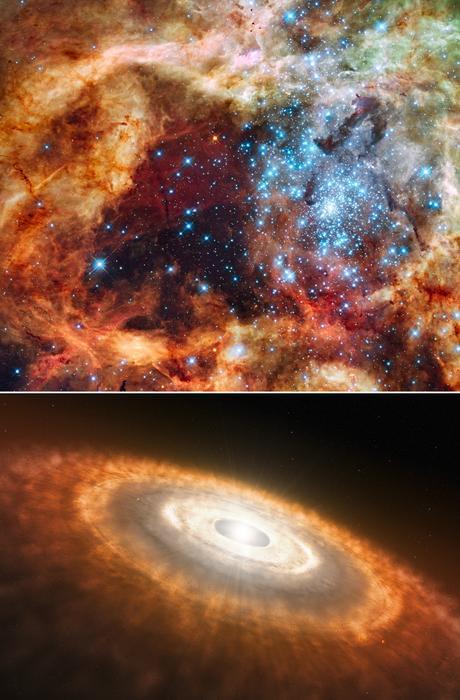
Unveiling the Universe: The ULLYSES Project
After three years of collecting scores of data on hundreds of stars, the ULLYSES (Ultraviolet Legacy Library of Young Stars as Essential Standards) survey conducted by NASA’s Hubble Space Telescope officially ended in December 2023, culminating in 220 total stars examined during the survey on data regarding their size, distance from Earth, temperature, chemical characteristics, and rotational speed. Additionally, ULYYSES also contains another 275 stars from the Hubble archive, providing researchers with several decades of new stellar data and holds the potential to help astronomers gain new insights into stellar formation and evolution throughout the universe.
Hubble image of a star-forming region known as the Tarantula Nebula, which contains massive, young blue stars, which was observed during the ULYYSES survey (top panel). Artist’s illustration of a cooler, redder, young star smaller than our Sun that is still gathering material from its planet-forming disk (bottom panel). (Credit: NASA, ESA, STScI, Francesco Paresce (INAF-IASF Bologna), Robert O’Connell (UVA), SOC-WFC3, ESO)
“I believe the ULLYSES project will be transformative, impacting overall astrophysics – from exoplanets, to the effects of massive stars on galaxy evolution, to understanding the earliest stages of the evolving universe,” said Dr. Julia Roman-Duval, who is Implementation Team Lead for ULLYSES and an Associate Astronomer at the Space Telescope Science Institute (STScI). “Aside from the specific goals of the program, the stellar data can also be used in fields of astrophysics in ways we can’t yet imagine.”
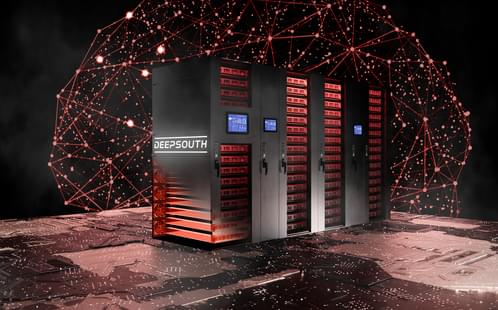
World first supercomputer capable of brain-scale simulation being built at Western Sydney University
😗😁😘 year 2023.
The world’s first supercomputer capable of simulating networks at the scale of the human brain has been announced by researchers at the International Centre for Neuromorphic Systems (ICNS) at Western Sydney University.
DeepSouth uses a neuromorphic system which mimics biological processes, using hardware to efficiently emulate large networks of spiking neurons at 228 trillion synaptic operations per second — rivalling the estimated rate of operations in the human brain.
ICNS Director, Professor André van Schaik says DeepSouth stands apart from other supercomputers as it is purpose-built to operate like networks of neurons, requiring less power and enabling greater efficiencies. This contrasts with supercomputers optimised for more traditional computing loads, which are power hungry.
Failure Must Be An Option | Michelle Lucas | TEDxFargo
While during Apollo 13 the phrase “Failure is Not an Option” was coined, in life and especially for students, failure must be an option for growth. In this talk, Michelle Lucas encourages failing forward. Michelle Lucas was raised in the Chicagoland area and found a passion for space very early in her life. She studied Aerospace Engineering, Communications & Space Studies at Purdue University and Embry Riddle Aeronautical University. During this time she conducted microgravity fluids research on NASA’s KC-135 aircraft and also worked as a counselor at Space Camp in Florida. After graduation from college, Michelle spent 11 years working at NASA’s Johnson Space Center. She began on the Safety Reliability & Quality Assurance Contract as part of the Payload Safety Review Panel for experiments flying to the International Space Station. After this she worked as a Flight Controller in Mission Control for the International Space Station for the Ops Plan Group and as a Astronaut Technical Instructor in the Daily Operations Group. Additionally she worked with each of the International Partners (European Space Agency – ESA, Japanese Space Agency – JAXA and the Russian Space Agency) in the field of Daily Operations, Flight Controller and Instructor Training. Michelle was responsible for the basic instructional training of all technical instructors for in the US as well as for the ISS International Partners. Michelle was part of the Core NASA Extreme Environment Mission Operations (NEEMO) team for 9 missions where astronauts would carry out analog space missions underwater in the Aquarius habitat. Along the way, Michelle found she has a passion for exciting the next generation and founded the non-profit Higher Orbits to use space to excite and inspire students about STEM, STEAM, Leadership, Teambuilding and Communication. Higher Orbits flagship program is called Go For Launch! This program allows students work with an astronaut and other accomplished individuals in the fields of Space, STEM and STEAM. Additionally, Michelle and a business partner run uniphi space agency – a talent management company for retired astronauts. Michelle is proud to be a Space Camp Alumni and member of the Space Camp Hall of Fame and believes that collaboration in space and STEM is the key to the stars! Space Inspires! This talk was given at a TEDx event using the TED conference format but independently organized by a local community.

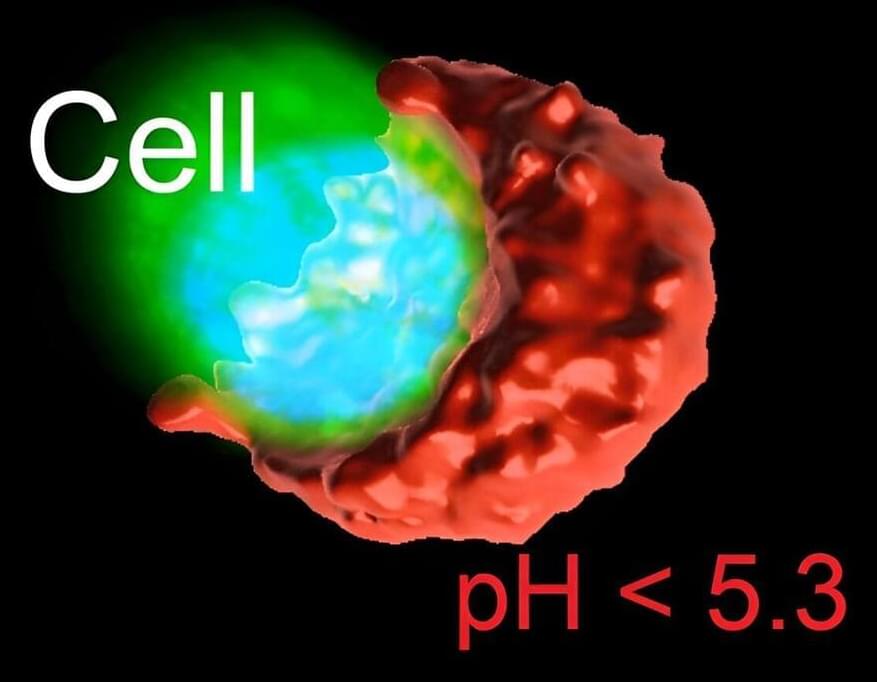

Paralysed patients could regain movement and sensation, stem cell treatment trial finds
Paralysed patients can regain movement and a sense of feeling after being injected with stem cells grown from their own fat, scientists have found.
The research into new experimental therapy has shown that patients who had suffered devastating injuries after car accidents and falls showed a number of improvements.
The treatment involves taking fat from the abdomen or thigh and removing the mesenchymal stem cells – a special type of stem cell that can hone in on injuries, and encourage repair and regeneration.

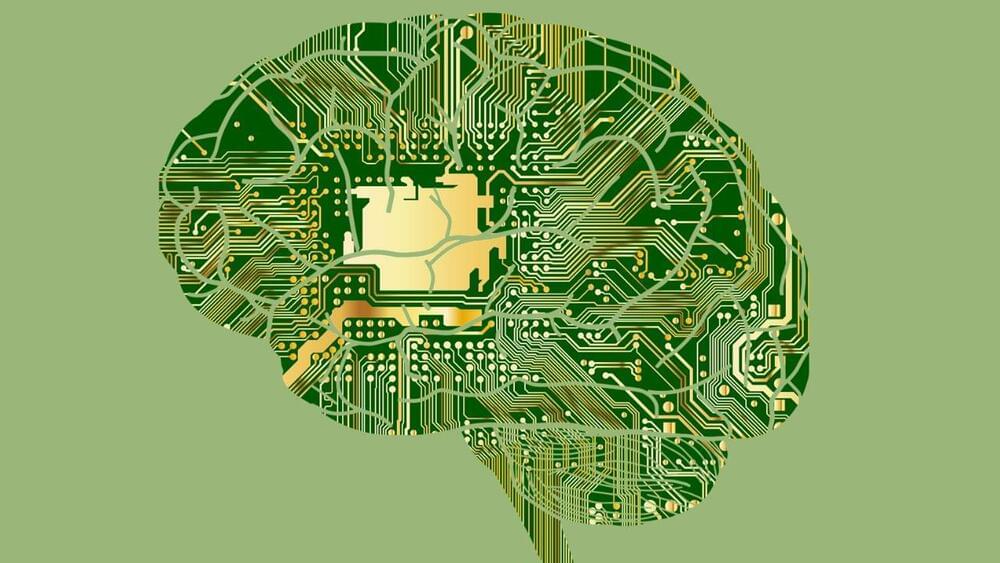
UCL spinout bags £10M to make AI ‘super brains’ for 100x faster LLM training
Oriole Networks, a UCL spinout, has raised £10mn in seed funding to build AI “super brains” that promise to accelerate the training of Large Language Models (LLMs).
Founded in 2023 by UCL scientists, the startup has developed a new method that harnesses the power of light to connect thousands of AI chips. This results in a network of chips, where the power of each individual GPU is combined to form a “super brain.”
According to James Regan, CEO at Oriole Networks, this “enables the direct connection of a very large number of nodes enabling it to function as a single machine.”
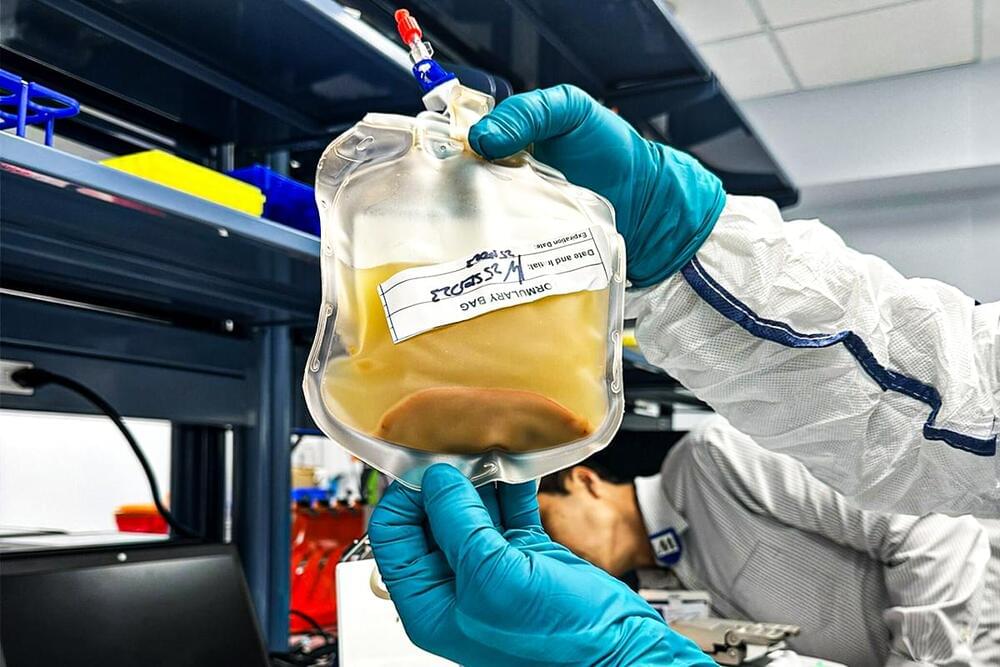
LyGenesis treats first patient in first-of-its-kind liver regeneration trial
Cell therapy company LyGenesis today revealed that the first patient has received treatment in the Phase 2a clinical trial of its regenerative cell therapy targeting end-stage liver disease (ESLD). The therapy, known as LYG-LIV-001, treats ESLD via an allogeneic regenerative cell therapy transplanted into patients’ lymph nodes.
ESLD affects nearly 2% of the US population, with more than 50,000 Americans succumbing to chronic liver disease annually. Often stemming from cirrhosis, ESLD poses significant health risks, and many patients are ineligible for traditional liver transplants.
The Phase 2a clinical trial, an open-label, dose-escalation study, is currently recruiting 12 patients diagnosed with ESLD. Each participant will undergo close monitoring for one year to assess the safety, tolerability, and efficacy of the transplanted hepatocytes in addressing the symptoms of ESLD.